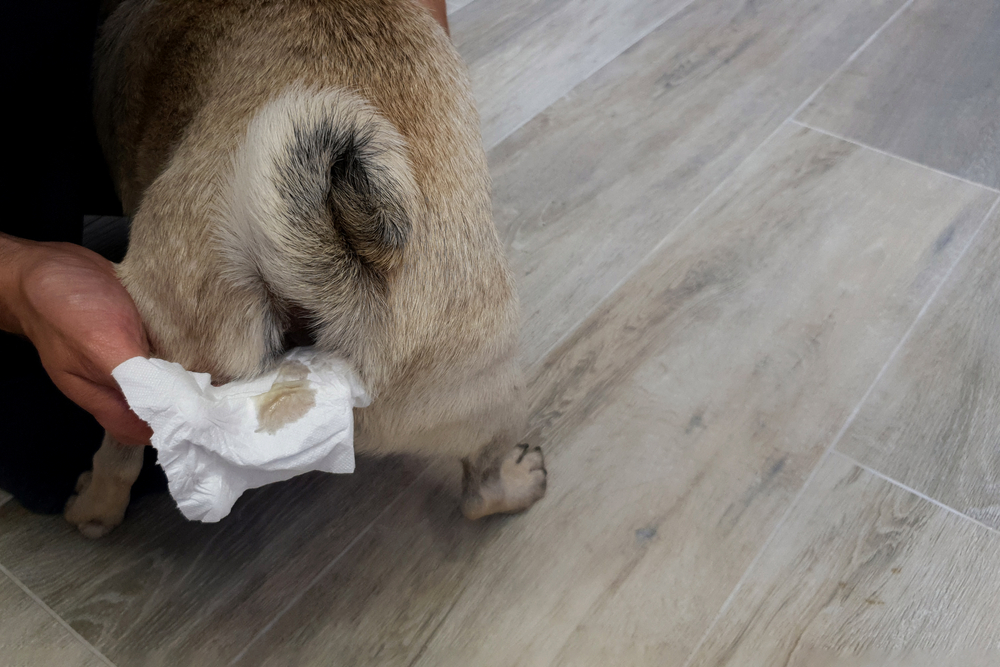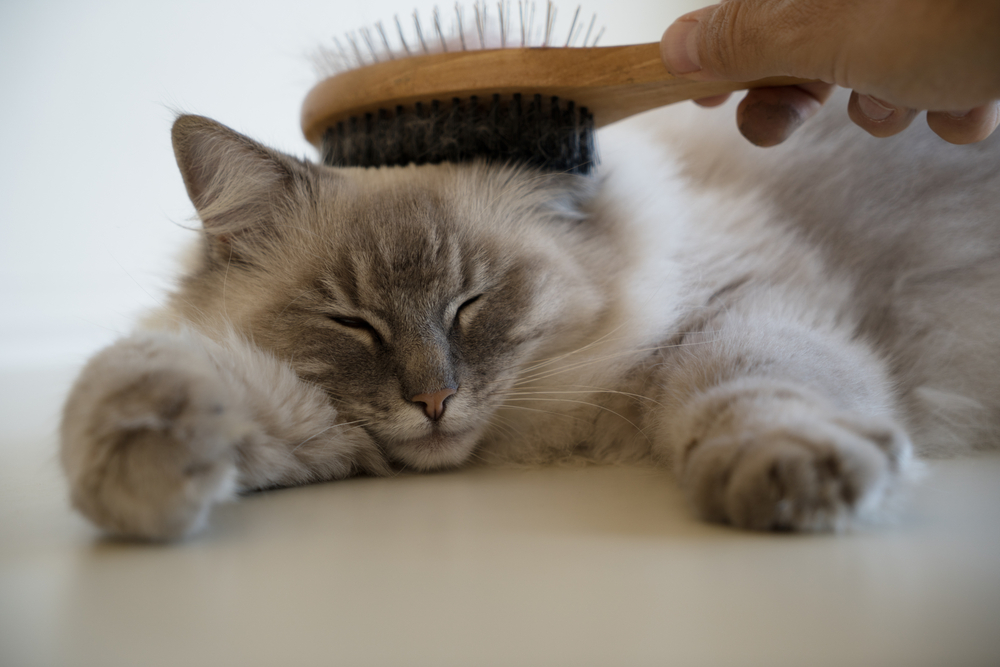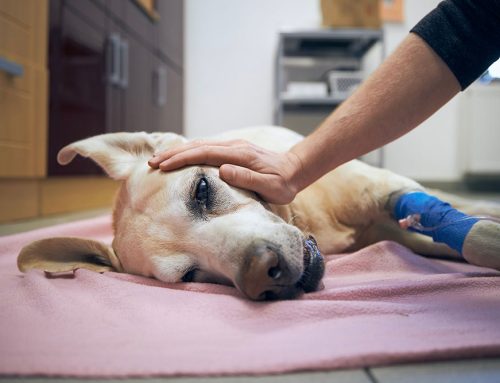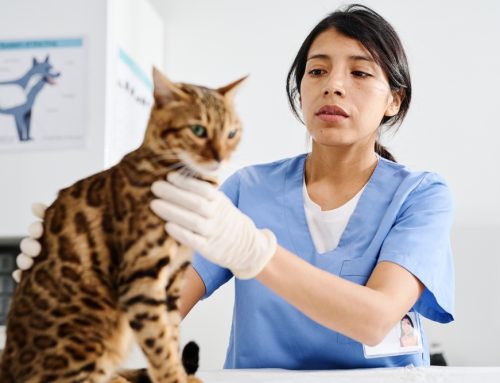Professional grooming services can be a lifesaver if your pet has special grooming needs or you want them groomed in a specific style. However, most pet owners can tackle their pet’s grooming needs at home. At-home grooming can save you money and give you time to bond with your pet, but you will need patience, practice, and the right tools. If you’ve been considering grooming your pet at home, our Creature Comforts Veterinary Service team is always available for support. Our list of at-home grooming do’s and don’ts will ensure your pet is safe and comfortable while you help them look and feel their best.
Do’s and don’ts for brushing your pet’s coat
- Do use the right tools — Different brushes serve different purposes. Bristle brushes are great for short-haired pets, slicker brushes remove loose fur, and rake brushes are best for thick undercoats.
- Don’t pull or brush directly into a mat — Before brushing your pet with a regular grooming brush, break up their mats with a dematting comb using careful, picking motions, and then remove the mat. Don’t pull or brush directly into a mat or cut mats from your pet’s fur.
- Do brush your pet’s coat regularly — Frequent brushing removes dirt, spreads natural oils throughout the coat, prevents tangles, and keeps skin clean. While you brush, examine your pet’s skin and body, checking for anything unusual, such as new lumps, ticks, fleas, or scratches.
Do’s and don’ts for bathing your pet
Bathing your pet can be messy and time-consuming, but you can make the experience less traumatic—and perhaps enjoyable—with these tips:
- Do use pet-friendly products — Use a pet-specific shampoo, as your own shampoo may contain fragrances or other ingredients that will irritate your pet’s skin.
- Don’t get water in your pet’s ears or eyes — Lather shampoo on your pet’s neck and back, gently scrubbing their body, while avoiding their ears and eyes—you can use a damp washcloth to gently clean these sensitive areas. Rinse your pet thoroughly.
- Do make bathing a positive experience — Praise your pet and offer plenty of treats before, during, and after to ensure the bath is a positive experience.
Do’s and don’ts for trimming your pet’s nails
Many pets do not like their paws and toes being manipulated, but tasty treats and a slow, steady hand can go a long way toward easing their fear. Here are some do’s and don’ts for trimming your pet’s nails at home:
- Do use pet-specific nail clippers —Pet nail clippers are specially designed to cut pets’ nails safely. You can choose a scissor, guillotine, or grinder style, depending on your pet’s size and nail hardness.
- Don’t rush while trimming — Nail trimming is a delicate procedure—take your time, and do one nail at a time. If your pet becomes stressed, take a break, and try again later.
- Do know where to cut — Look closely at one of your pet’s nails and note that the nail is mostly translucent, with a darker core (i.e., the quick, which is extra-sensitive and can bleed heavily). Trim only the translucent section, but if you trim the quick accidentally, stop the bleeding with styptic powder.
Do’s and don’ts for brushing your pet’s teeth
Many pets develop dental disease by age 3, but regular toothbrushing can reduce the risk. Use these tips to brush your pet’s teeth safely and effectively:
- Do keep teeth brushing sessions short — Break down your pet’s toothbrushing process into small steps, and keep sessions brief—no more than 30 or 60 seconds—to prevent stress or anxiety.
- Don’t use human toothpaste on pets — Human toothpaste contains ingredients that are toxic to pets. Purchase a pet-specific toothpaste that your pet can safely swallow. Pet-safe toothpaste is available in many pet-pleasing flavors.
- Do give your pet dental chews — Dental chews are an additional method for loosening tartar buildup that leads to oral disease. When choosing a dental chew, look for products that carry the Veterinary Oral Health Council (VOHC) Seal of Approval.
Dos and don’ts for pet anal gland expression

If your dog sometimes races along your rug on their hind end, you’re likely acquainted with anal glands in pets. Anal glands should naturally empty when a pet defecates, but they occasionally become impacted or clogged. Follow these do’s and don’ts if you realize that your pet’s anal glands need emptying:
- Do know the signs — If your pet has a strong, fishy odor, is licking their hind end excessively, or scooting along the floor or the ground, they likely need their anal glands expressed.
- Don’t express anal glands at home — Incorrect expression techniques can cause pets pain or injury, so we recommend you schedule an appointment for our team to perform the procedure.
With knowledge and practice, you’ll be well on your way to keeping your pet happy, healthy, and looking their best. If you have grooming questions or need to schedule your pet’s dental cleaning or anal gland expression, contact our Creature Comforts Veterinary Service team.







Leave A Comment